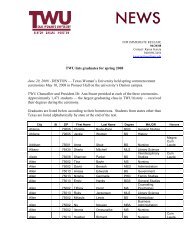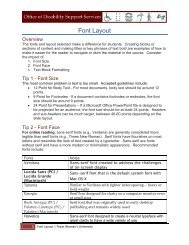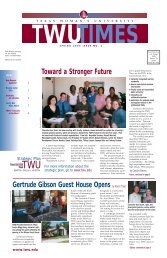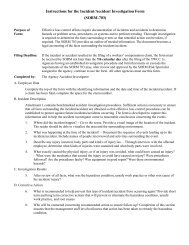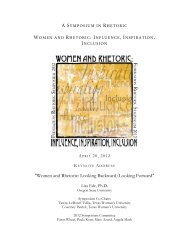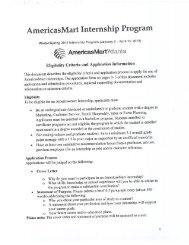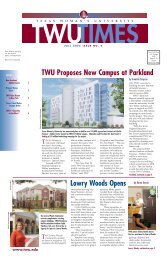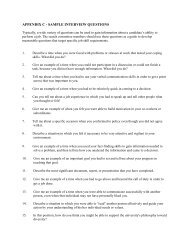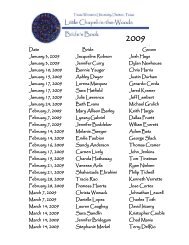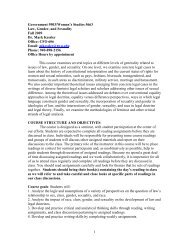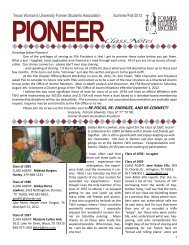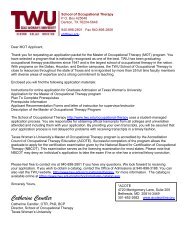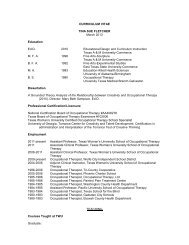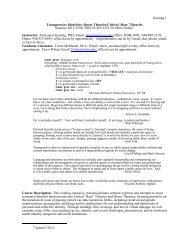HUMPHRIES' ASSESSMENT OF AQUATIC READINESS (HAAR) A ...
HUMPHRIES' ASSESSMENT OF AQUATIC READINESS (HAAR) A ...
HUMPHRIES' ASSESSMENT OF AQUATIC READINESS (HAAR) A ...
Create successful ePaper yourself
Turn your PDF publications into a flip-book with our unique Google optimized e-Paper software.
The some of the criteria set was based on the criteria of the aquatic assessment set<br />
forth by Langendorfer and Bruya (1995). According to Langendorfer and Bruya, the<br />
traditional approach to teaching is that of the use of a predetermined list. This list is of<br />
water skills that have been identified by the aquatic program to be learned by the student.<br />
These components that have been identified are then incorporated into a single teaching<br />
progression and then measured for achievement by a post-test checklist.<br />
In an alternate approach “water competence” and “aquatic readiness” are the fore<br />
front of the assessment (Langendorfer & Bruya, 1995). This approach allows for the<br />
assessment to provide more information about the student’s aquatic abilities. This is<br />
achieved because of the many different means of instruction that are provided once the<br />
assessment is complete. Using the alternate approach the assessment provides the<br />
instructor with better planning opportunities and can improve the teaching progression<br />
thus leading to an overall improvement of the aquatic program (Langendorfer & Bruya).<br />
Alternate approaches to assessments have been increasingly incorporated into<br />
administrating and developing assessments in adapted physical education. This is due to<br />
the exclusion of students with disabilities that has occurred. IDEA, 1997 required that<br />
there be full participation in the general education curriculum by students with disabilities<br />
unless there was justification other wise by the student’s Individualized Education Plan<br />
(IEP). IDEA, 1997 also required that general education teachers—classroom and physical<br />
education alike—provided accommodations and modifications for students with<br />
disabilities in the assessment setting. This law brought about many changes in the<br />
administration and development of assessments. These changes included<br />
16



